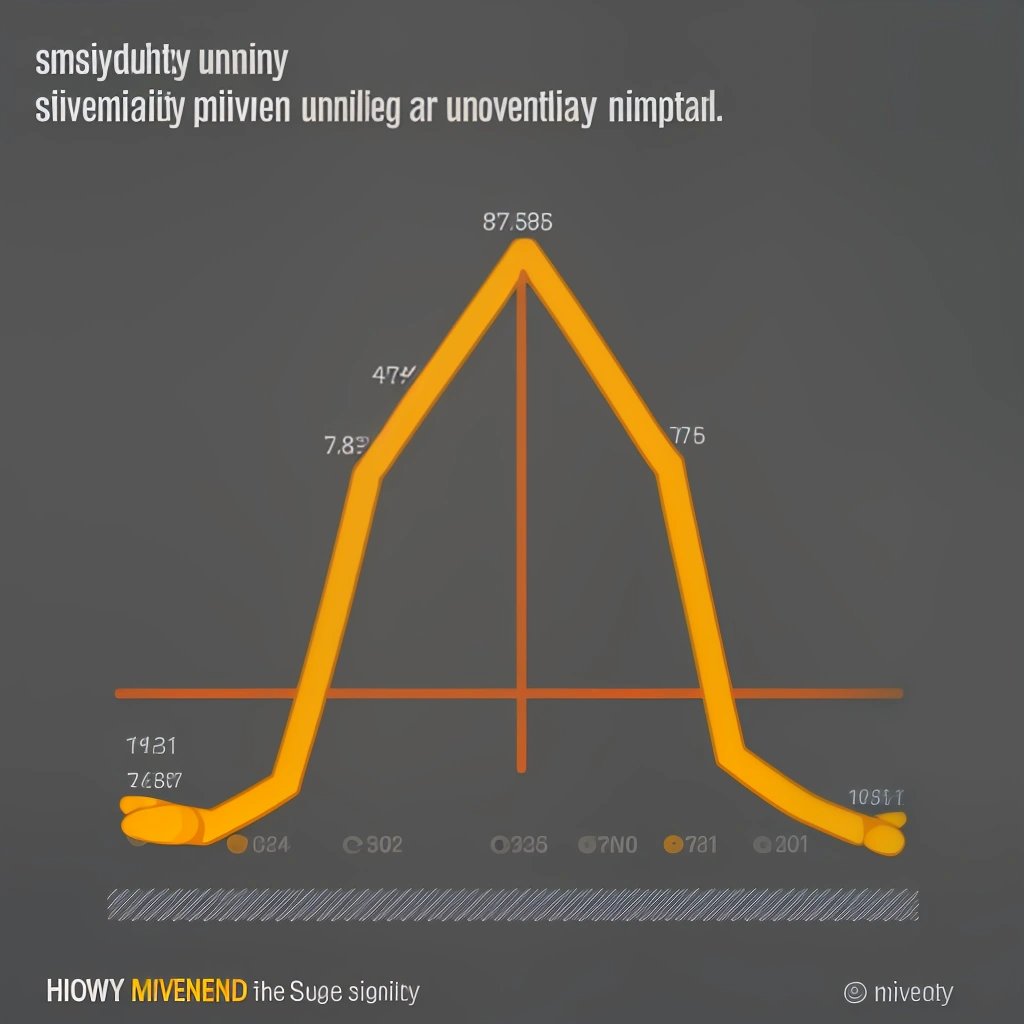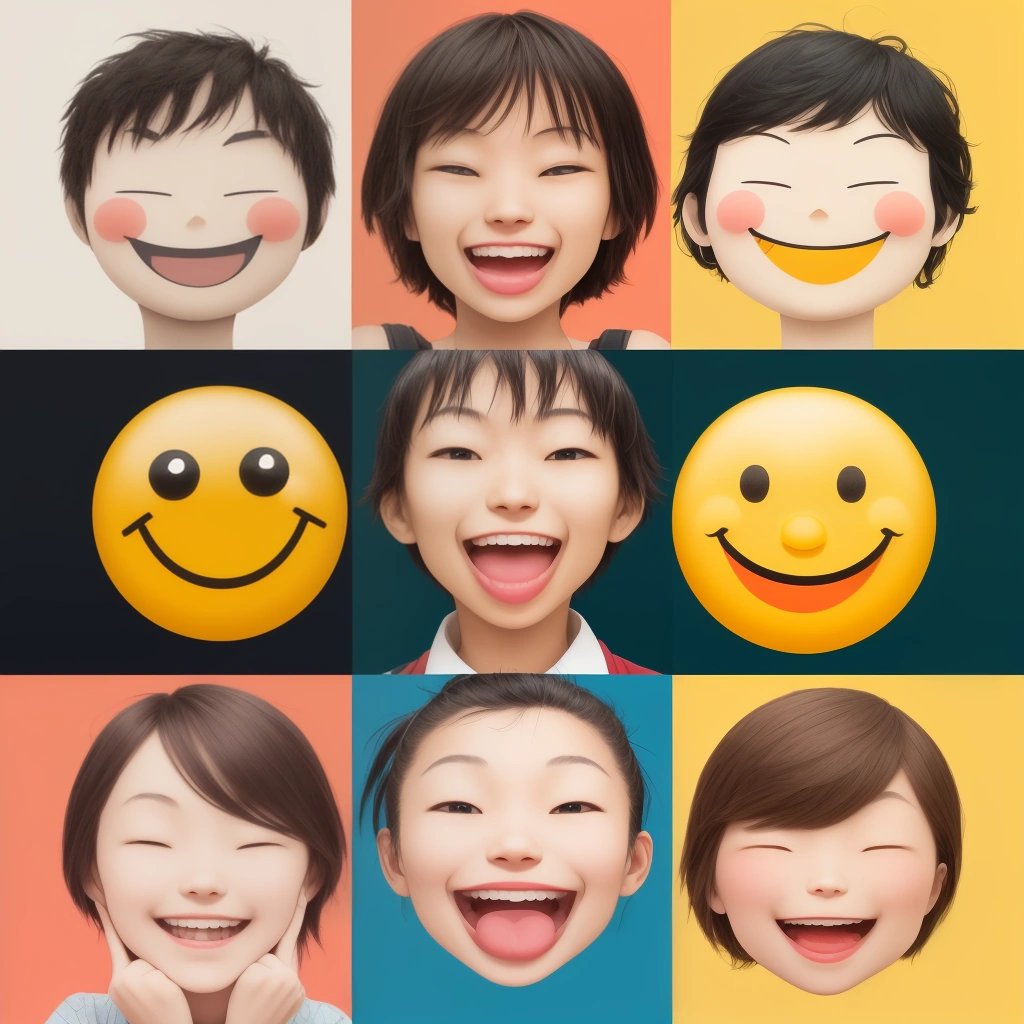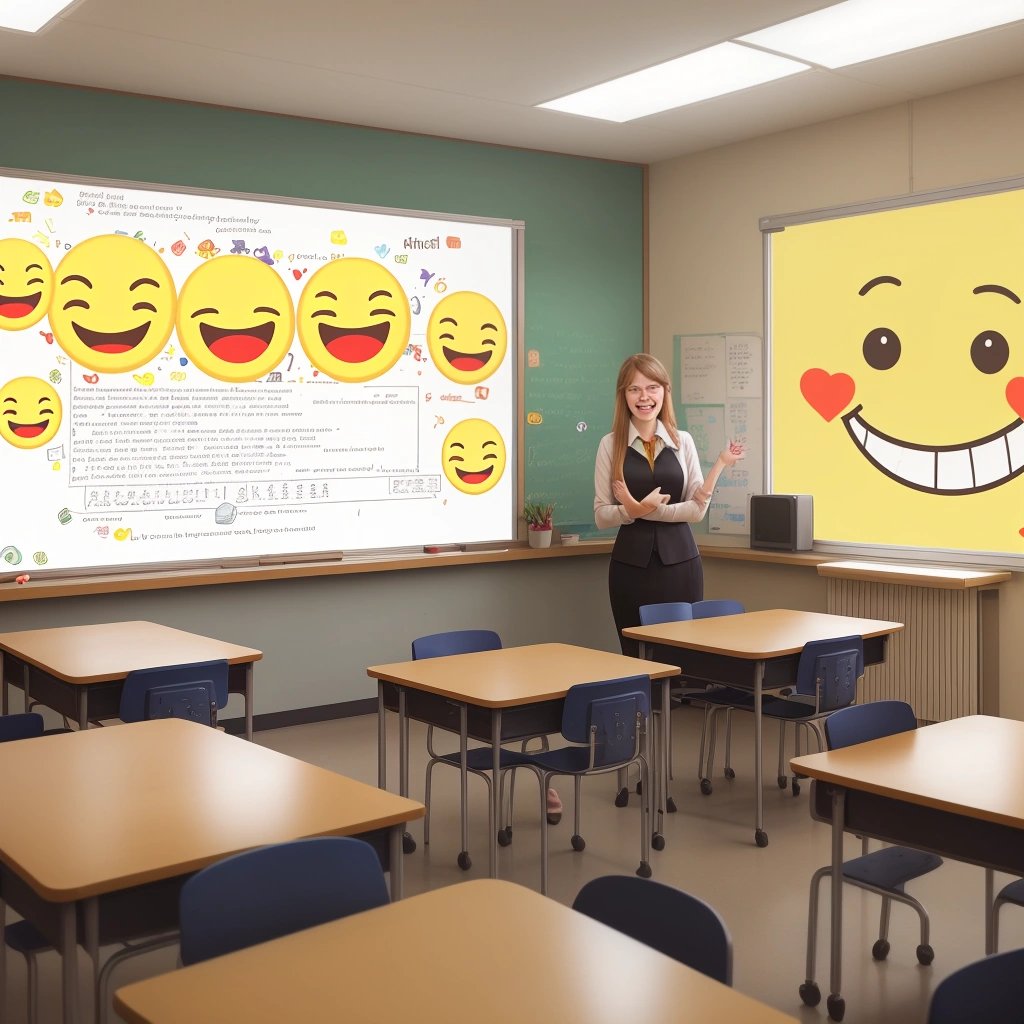In an extraordinary twist of fate, which not even the most eccentric of linguists could have predicted, the omnipresent smiley emoji (?) has recently been declared as the epitome of lingua franca- the one 'Universal Language' that binds us all together. Yes, you read that correctly. The humble, benign, circle-of-yellow-with-a-happy-face has become the official linguistic currency of global communication. Once merely an accessory to text messages, the smiley emoji has suddenly morphed into a hyper-efficient communication tool, triggering a precipitous surge in global productivity.
While the skeptical members of the intelligentsia clubbed it as a passing trend, something remarkable began to happen. The seemingly simplistic emoticon, small in byte size but gargantuan in communicative power, unveiled its true potential. Economists worldwide were baffled at the unprecedented rise in productivity rates following the universalization of the smiley emoji. ?
As the world embraced this new universal language, there came the realization that the smiley emoji, despite its innocent demeanor, carried an enormous payload of meaning. Whether it was the conferral of a degree, establishing a new multinational corporation, orchestrating international peace treaties, or even ordering a Double Chocolate Chip Frappuccino with whipped cream on top - suddenly, it was all about ?.
But why the smiley emoji? Well, for one, it negates the colossal headache-inducing complexity of human speech. Learning multiple languages, with their tediously intricate grammar and idiosyncratic lexicology, no longer becomes an oppressive obligation. Who would bother conjugating verbs or battling with the subjunctive mood when you can simply flash a ?and watch the world telepathically comprehend your intentions. The smiley emoji has annihilated all barriers of dialectal diversity, unifying the world under its sunny charm.
In fact, efficiency experts fervently argue, the smiley emoji might just be the ultimate weapon against workplace inefficiency. The endless streams of corporate mumbo-jumbo, that seemed to drone on and on in a perpetual lullaby, have now been silenced, replaced by the absurdly simple yet effective ?.
Consider this: previously, to finalize any business deal, a torrential downpour of papers ensnared in legalese would ensue. There would be pages upon pages of contractual obligations, termination clauses, and profit-sharing agreements. However, in the post-smiley world, a simple ? from both parties is all it takes to clinch the most notoriously complex transactions.
And it's not just the corporate colossus that's enjoying the unanticipated highs of smiley-driven productivity. The language of ? has also showered abundant felicity on the educational sector. The perennial problem of language barriers in classrooms is becoming a thing of the past, replaced by the democratic accessibility of the smiley emoji.
Principal to student: "??" Student in response: "?!"
Yes, academic discourse has never been more efficient.
However, despite the global economy witnessing the wonder of the smiley wave, language traditionalists remain skeptical. They argue that the nuances of human communication cannot be expressed with a single universal symbol. To which, the proponents of the emoji language reply with an all embracing ?.
In a nutshell, the Universal Language Declaration has brought about an astonishing epoch of unity and simplification. As we continue to explore the limitless potentiality of the smiley emoji, the world looks forward to a brighter, communal, and unanimously '?' future.


